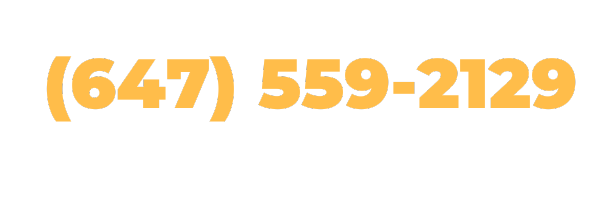Tree Service Frequently Asked Questions
Frequently Asked Questions About our Premier Tree Service in Pickering
What services do you specialize in?
Okay so we try and keep it as simple as possible. We love and work with trees! Our primary goal is to always protect them, however, we do tree removal, stump removal and grinding, tree maintenance and fertilization, limb and branch cutting and tree pruning. Anything tree related we most probably have encountered it and can handle it.
What service area do you cover?
Our primary coverage is in the city of Pickering. We do travel east to Ajax and Whitby. We do not cover Scarborough and the city of Toronto.
What are the key steps in tree removal?
Tree removal is carried out in seven easy steps.
- The area around the tree is cleared to allow sufficient room for the tree to fall
- The tree is properly examined to determine in which direction it is likely to fall
- An escape route is prepared in case the felling goes out of hand
- The right equipment is gathered corresponding to the size of the tree
- An undercut at an angle of 45 degrees is made at the bottom of the side on which the tree is expected to fall
- The back-cut begins on the opposite side of the undercut
- The tree removal specialists get out of the way through the escape route to allow the tree to fall
Is summer a good time to prune trees?
It is best to prune or trim any time between late fall and early spring. There are three primary reasons behind selecting this time of the year as mentioned below.
- Between fall and spring, trees grow at a bare minimum rate, hence pruning or removing them does not interfere with any future growth prospects
- Leaves are barely there during winter, making it easier for an arborist to maneuver between branches
- Diseases spread less obtrusively during this time, and hence it is simpler to identify and separate a sick tree from the rest of the garden
What determines your tree removal pricing?
While the average tree removal price could range between $400 and $3000, there are a few factors as below that could help you determine the final amount you would need to shell out.
- Height of the tree - shorter trees are typically charged less
- Condition of the tree including infestations, dangerous leans, cavities, weak branches, etc.
- Dead tree, removing which usually costs lesser than removing a live tree
- Diameter - thicker trees typically are costlier to remove
- Location - removing trees from open areas could cost significantly less than trees in congested areas with power or telecommunication lines running through them

